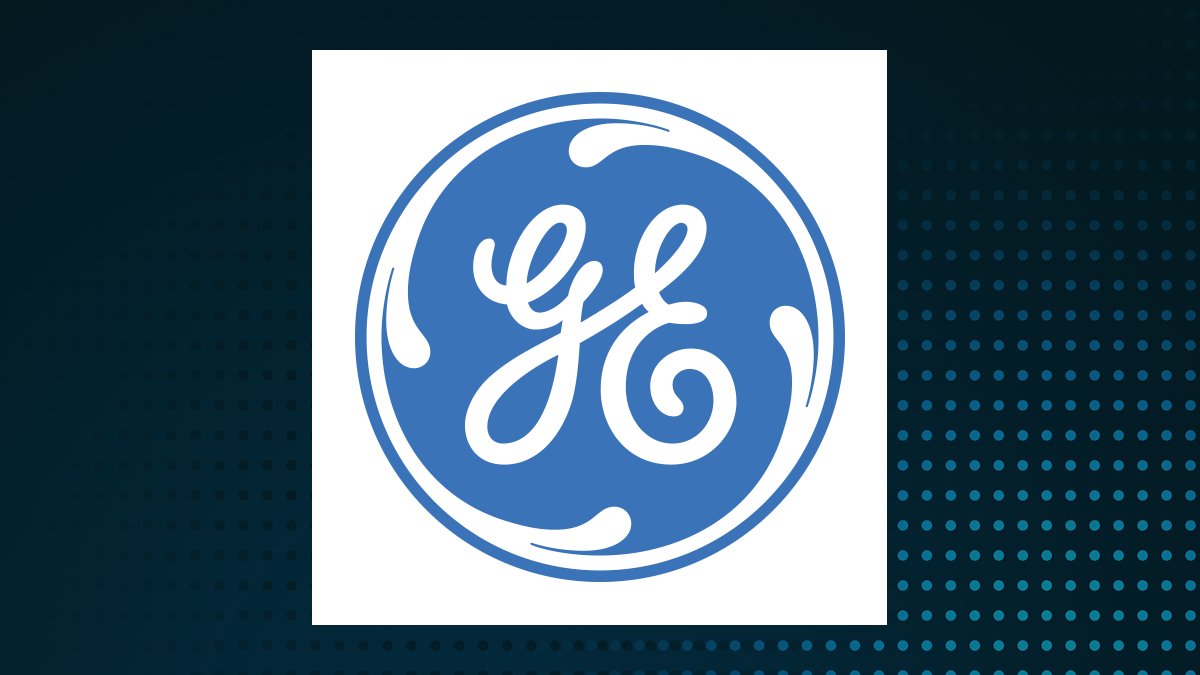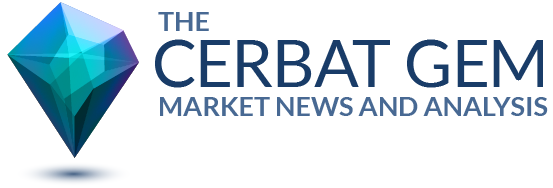 Revenue growth in 2024 was driven by Gas Power services with higher outages and favorable pricing, leading to a $0.1 billion increase in total corporate operating profit. Management’s focus on digital solutions and customer relationships aims to boost productivity, but success is uncertain. Key risks include inaccurate cost estimation and underinvestment in research, with mitigation strategies emphasizing accurate planning and technology adaptation. External risks include global economic conditions and regulatory changes, managed with cybersecurity insurance. Board diversity and sustainability initiatives reflect GE ‘s commitment to responsible practices. Forward guidance highlights innovation, compliance, and cost optimization to secure long-term growth.
Revenue growth in 2024 was driven by Gas Power services with higher outages and favorable pricing, leading to a $0.1 billion increase in total corporate operating profit. Management’s focus on digital solutions and customer relationships aims to boost productivity, but success is uncertain. Key risks include inaccurate cost estimation and underinvestment in research, with mitigation strategies emphasizing accurate planning and technology adaptation. External risks include global economic conditions and regulatory changes, managed with cybersecurity insurance. Board diversity and sustainability initiatives reflect GE ‘s commitment to responsible practices. Forward guidance highlights innovation, compliance, and cost optimization to secure long-term growth.
Executive Summary
Financials
Revenue growth has been consistently positive over the past three years, with a 7% increase in 2024. This growth is primarily driven by an organic increase in Gas Power services, attributed to higher outages and favorable pricing. Operating expenses have evolved with lower functional costs and higher EHS costs, resulting in a $0.1 billion increase in total corporate operating profit. Restructuring and separation costs are excluded from segment operating performance, and interest and other financial charges remain consistent. The company’s net income margin was 19.0%, showing improvement. This outperforms industry peers.
Management Discussion and Analysis
Management has focused on developing digital solutions, customizing products, and maintaining long-term customer relationships. These initiatives aim to increase productivity and profitability. It is unclear from the information provided whether these strategies have been successful. Management assesses the company’s competitive position by considering market trends like technological advancements, new competitors, and changing customer demands. They highlight risks from global economic trends, geopolitical conflicts, and potential safety or quality issues in the industry. Major risks include inaccurate cost estimation, technological advancements, new competitors, and under-investment in research. Mitigation strategies involve accurate planning, adapting to technology changes, maintaining customer relationships, and prioritizing research and development investments.
Key Performance Indicators (KPIs)
Risk Assessment
Top external factors posing risks to the company include global economic conditions, geopolitical tensions, supply chain disruptions, and regulatory changes. These factors can impact operations, financial performance, customer relationships, and overall business stability. GE assesses and manages cybersecurity risks by carrying cyber insurance, but acknowledges uncertainties in coverage adequacy, availability, and insurer denials for future claims. Yes, there are contingent liabilities related to Alstom legacy legal matters. GE has reserves for legal and compliance issues, but the outcome is uncertain. Legal and compliance risks are also acknowledged, including those related to government actions and regulatory compliance.
Corporate Governance and Sustainability
The composition of the board of directors includes individuals responsible for overseeing company operations. There are no notable changes in leadership or independence mentioned in the provided context information. The company’s governance practices include a commitment to board diversity, aiming to address diversity and inclusion in the workforce. The report discloses sustainability initiatives such as environmental impact reduction and legal compliance risks. General Electric demonstrates commitment to responsible business practices through risk factor disclosures and forward-looking statements.
Forward Guidance
The company’s forward-looking guidance addresses strategic initiatives by focusing on new product development, regulatory compliance, cybersecurity, and other risks. This aligns with priorities outlined in the annual report such as innovation, compliance, and risk management. GE is factoring in macroeconomic and market conditions, market volatility, and global supply chain disruptions into its forward-looking guidance. It plans to capitalize on these trends by adjusting cost structures, reducing costs, and optimizing operations to mitigate risks and maximize profitability. Yes, the company’s commitment to long-term growth and competitiveness is demonstrated through investments in research and development efforts to advance technologies, products, and services. Additionally, the focus on maintaining long-term customer relationships indicates a strategic shift towards sustainable growth.
For more information:
This article was created using artificial intelligence technology from Klickanalytics.
